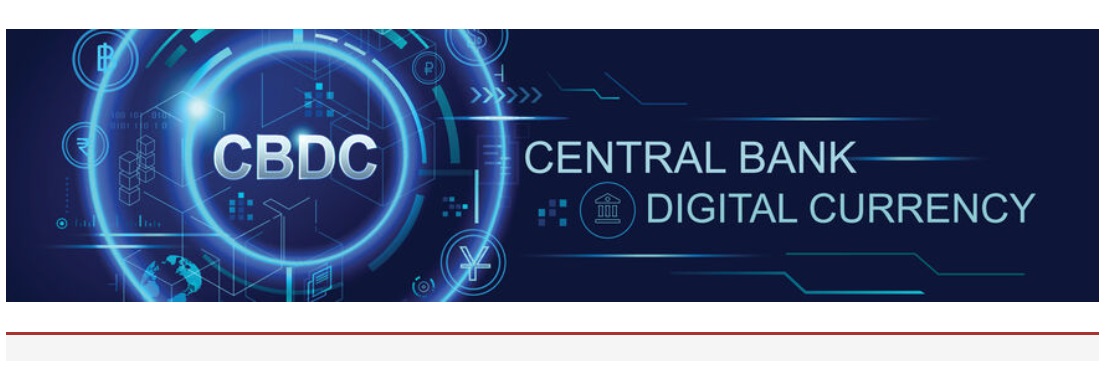
In Project Cedar Phase I, the experiment simulated a foreign exchange (FX) spot trade and introduced a wholesale central bank digital currency prototype to test whether using blockchain technology could improve speed, safety, cost, and access to cross-border wholesale payments. The answer is yes.
The Federal Reserve Bank of New York today issued a report on the Phase I results of Project Cedar, the inaugural project of its New York Innovation Center (NYIC). Project Cedar is a multiphase research effort to develop a technical framework for a theoretical wholesale central bank digital currency (wCBDC) in the Federal Reserve context through exploration of fundamental design choices and modular technical features.
Phase I of the Project Cedar experiment examined the potential application of distributed ledger technology, specifically blockchain, to enhance the functioning of cross-border payments. The 12-week experiment included the development of a wholesale CBDC prototype and revealed that wholesale cross-border digital currency transactions supported by blockchain technology can deliver fast and safe payments. The report released today summarizes the problem space, hypothesis, design and results of the experiment conducted in Phase I, which focused on a wholesale cross-border payments use case.
„Safe and efficient cross-border payments are critical to the functioning of the global economy,” said Per von Zelowitz, Director of the New York Innovation Center. „Project Cedar Phase I revealed promising applications of blockchain technology in modernizing critical payments infrastructure, and our inaugural experiment provides a strategic launch pad for further research and development regarding the future of money and payments from the U.S. perspective.„
In Project Cedar Phase I, the experiment simulated a foreign exchange (FX) spot trade and introduced a wholesale central bank digital currency prototype to test whether using blockchain technology could improve speed, cost, and access to cross-border wholesale payments. FX spot trades are among the most common wholesale cross-border transactions, as they are often required to support broader transactions, such as for international trade or foreign asset investment. While these payment systems function well, there is opportunity for improvement around settlement. Currently, it takes two days for most FX spot trades to settle. During this period, payment senders and recipients are exposed to settlement, counterparty, and credit risk which, among other things, can hinder an institution’s ability to readily convert its assets into cash.
The experiment revealed three key findings that showed cross-border payments supported by blockchain technology can deliver faster, and safer payments:
Faster Payments: In the test environment, transactionson the blockchain enabled distributed ledger system settled under 15 seconds on average.
Atomic Settlement: The simulated ledger network enabled atomic settlement, meaning both sides of the simulated transactions were settled either simultaneously or not at all. This greatly reduces the various forementioned risks that counterparties incur in the current state environment.
Safer and Accessible Transactions: The distributed ledger system design enabled payments on a 24/7/365 basis and supported objectives related to interoperability by enabling transactions across homogeneous ledgers networks representing a variety of financial institutions, including central and private sector banks.
The Phase I report aims to contribute to a broad and transparent public dialogue about CBDC from a technical perspective. It is not intended to advance any specific policy outcome, nor is it intended to signal that the Federal Reserve will make any imminent decisions about the appropriateness of issuing a retail or wholesale CBDC, nor how one would necessarily be designed.
Phase I of Project Cedar revealed key questions and highlighted areas for further research, specifically around ledger platform design, interoperability, and security. As part of its continued wCBDC research, the NYIC will explore questions related to interoperability and ledger design, including how to achieve concurrence and best enforce atomic transactions across different blockchain based payment systems.
___________________
As part of the Federal Reserve Bank of New York, the New York Innovation Center (NYIC), bridges the worlds of finance, technology, and innovation. Established in partnership with the Bank for International Settlements Innovation Hub and launched in 2021, the NYIC generates insights into high-value central bank-related opportunities through technical research, experimentation, and prototyping, to drive advancements in central banking and enhance the functioning of the global financial system.
Banking 4.0 – „how was the experience for you”
„To be honest I think that Sinaia, your conference, is much better then Davos.”
Many more interesting quotes in the video below: